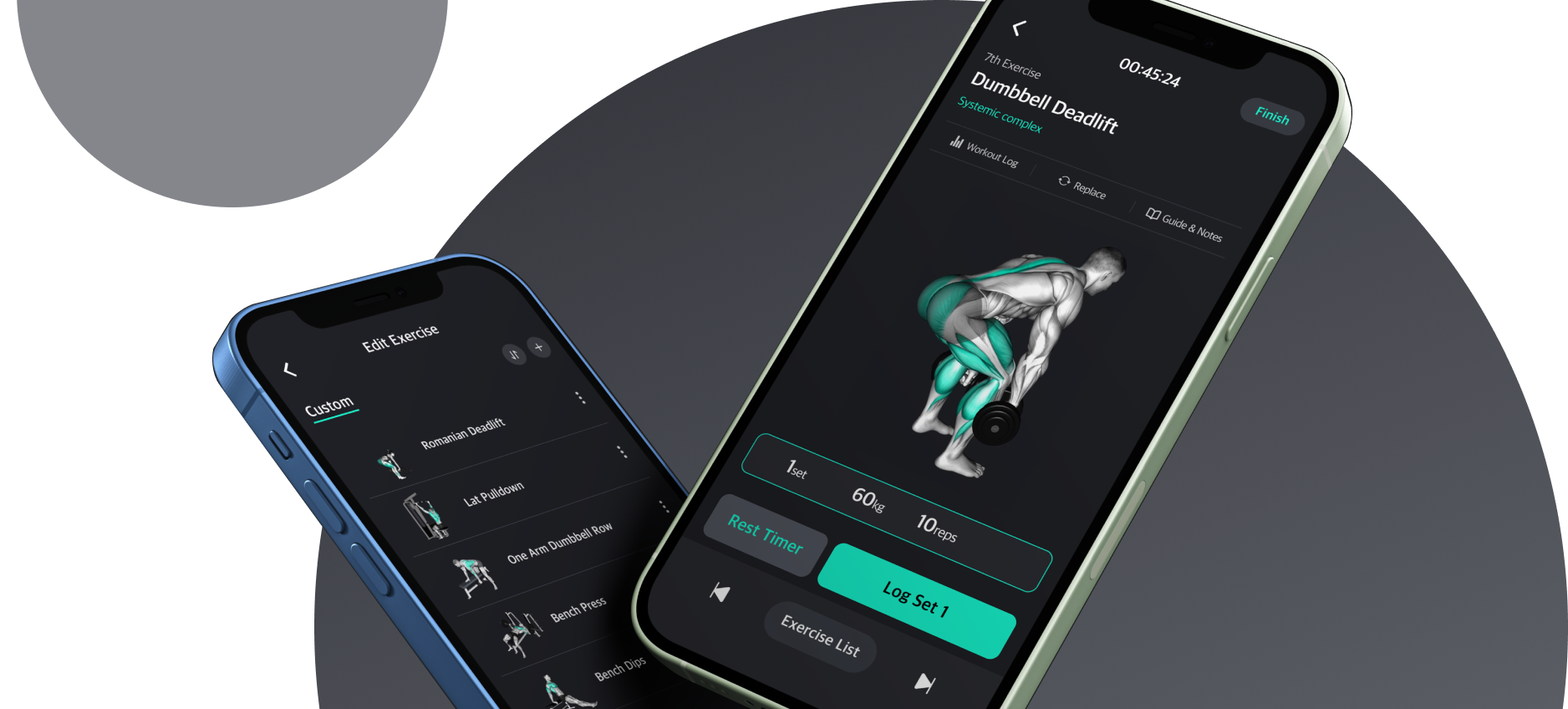One Arm Kettlebell Row vs Prone A Raise
Maximizing Your Back Workout Plan
Dec 11, 2025Contents
Unsure whether to go for One Arm Kettlebell Row or Prone A Raise in your back workout? Wondering which one tops the other or the right time to tackle each for optimal outcomes?
Customize Your Back Workout: Explore the Benefits of One Arm Kettlebell Row and Prone A Raise for Better Comparison.
Planfit Users' Choice about One Arm Kettlebell Row vs Prone A Raise : Which is Better?
Based on randomly selected data from 1 million completed workouts, Planfit users seem to prefer One Arm Kettlebell Row with a total of 390 compared to 565 for Prone A Raise
However, this is just a matter of preference for the majority. If you are wondering which of the two exercises to do right away, please read the text below. Compare the pros and cons of each exercise and choose the one that suits you better to proceed with.
How to One Arm Kettlebell Row
One Arm Kettlebell Row muscles worked: Back
Form
- 1. Drive your elbow back and squeeze your shoulder blades together as you row the kettlebell up to the side of your chest.
- 2. Hold for a moment at the top of the movement and then slowly lower the kettlebell back to the starting position.
- 3. Repeat for the desired number of repetitions.
Coach's Comment
- 1. Maintain a neutral spine throughout the movement to avoid injury.
- 2. Make sure to keep your core engaged and your back flat.
- 3. Avoid leaning too far forward as this can put strain on your lower back.
- 4. Do not use momentum to swing the kettlebell up.
If you want to know a detailed guide to One Arm Kettlebell Row, alternative exercises, and its benefits, check it out here. Check out the One Arm Kettlebell Row Guide page of our blog!
How to Prone A Raise
Prone A Raise muscles worked: Back
Form
- 1. Push up using your arms and hands, contracting your abdominal muscles and glutes as you raise your torso off the floor.
- 2. Keep your back straight and your neck in line with your spine.
- 3. Hold the contraction for a few seconds before lowering your body slowly back to the starting position.
Coach's Comment
- 1. Make sure to keep your back straight and your neck in line with your spine throughout the exercise.
- 2. Avoid arching your back or straining your neck.
- 3. Don't go too deep into the movement if you feel any pain or discomfort.
If you want to know a detailed guide to Prone A Raise, alternative exercises, and its benefits, check it out here. Check out the Prone A Raise Guide page of our blog!
Get free AI personalized workout plan
Choosing exercises that align with your goals and body type is as important as consistency in your workout regime. Its about smart training that targets your specific fitness aspirations.
To create a routine that incorporates the right exercises for you, explore our [workout generator] It's a straightforward way to customize a workout plan to meet your unique needs and objectives, ensuring every effort contributes to your fitness journey.

